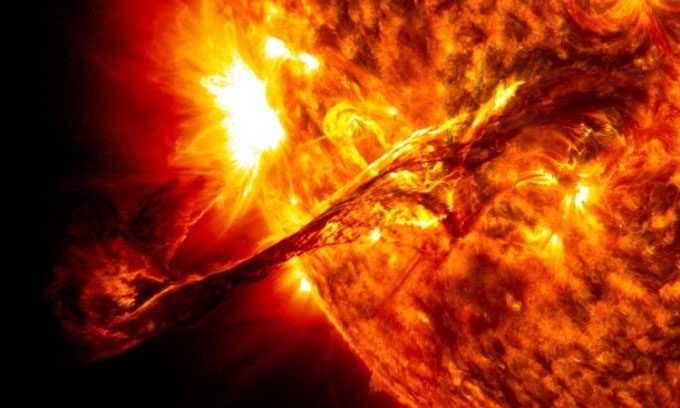Intelsat International Satellite Services Loses Control of Satellite Due to Solar Storm.
Intelsat is working to regain control of the Galaxy 15 communication satellite following an interruption on August 19. According to Intelsat, a geomagnetic storm caused essential electrical equipment needed to communicate with the satellite to malfunction.

Increased solar activity will cause more atmospheric drag on satellites. (Photo: NASA)
According to Melissa Longo, a spokesperson for Intelsat, the satellite is still functioning normally and is oriented toward Earth. The company is assisting Galaxy 15 customers in transitioning to other satellites. They will subsequently continue efforts to regain control to move the satellite out of its orbit.
Galaxy 15 operates in a geostationary orbit at 133 degrees West, providing communication coverage for the Americas, according to Intelsat. The satellite was built by Orbital Sciences Corporation and launched in 2005. This is not the first time Intelsat has lost control of Galaxy 15. In 2010, the company lost communication with the satellite for over eight months after its battery was depleted and required adjustments.
On August 16, the National Oceanic and Atmospheric Administration (NOAA) issued a warning about a G3 geomagnetic storm. However, the impact of the G3 storm on technology is generally minimal. Such storms can create brilliant auroras in the world’s skies.
Most geomagnetic storms are not dangerous, although strong storms can disrupt radio transmissions or damage power lines along with various other infrastructures. In 2022, an active region on the Sun emitted several large flares and coronal mass ejections (CMEs), indicating that the Sun is “waking up” after a quiet phase in its 11-year activity cycle. Some space weather experts predict that the current cycle could be one of the strongest in history.


















































